Rio de la Plata-MSC104
5.0(1)
5.0(1)
Card Sorting
1/20
Earn XP
Description and Tags
Study Analytics
Name | Mastery | Learn | Test | Matching | Spaced |
|---|
No study sessions yet.
21 Terms
1
New cards
Gauchos
\-cowboy from the Rio de la Plata region
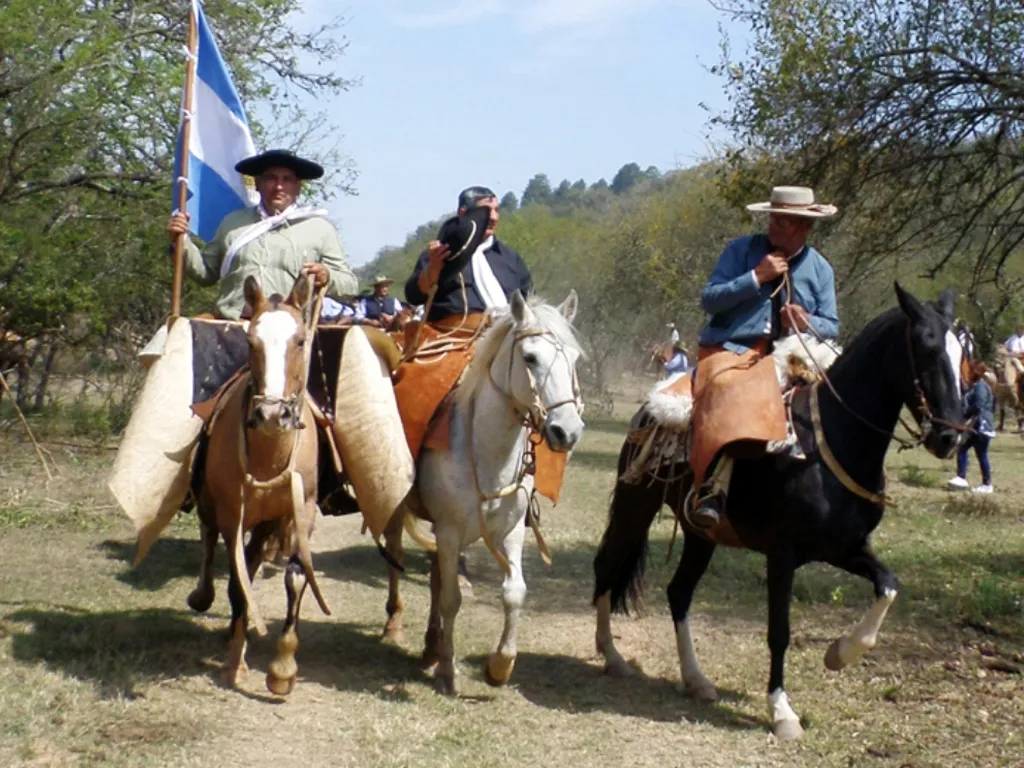
2
New cards
Vidalita
\-from Santiago del Estero, Tucumán
\-the most important musical forms for Carnival
\-can be sung with or without doubling
\-parallel thirds and in duple or triple meter
\-lyrics “talk” to the Vidalita
\-accompanied by a guitar and caja
\-cadence in the minor mode
\-the most important musical forms for Carnival
\-can be sung with or without doubling
\-parallel thirds and in duple or triple meter
\-lyrics “talk” to the Vidalita
\-accompanied by a guitar and caja
\-cadence in the minor mode
3
New cards
Dances
\-Zamba, malambo, gato, chacarera
\-use guitar, bombo, possibly accordion
\-some are also song forms
\-also instrumental pieces, part of the solo guitar repertoire
\-e.g. Zamba: Alfonsina y el Mar by Ariel Ramirez
\-use guitar, bombo, possibly accordion
\-some are also song forms
\-also instrumental pieces, part of the solo guitar repertoire
\-e.g. Zamba: Alfonsina y el Mar by Ariel Ramirez
4
New cards
Caja
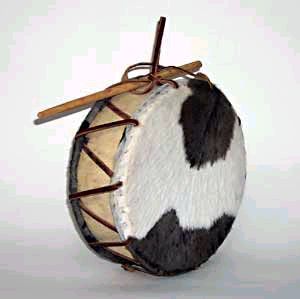
5
New cards
Bombo
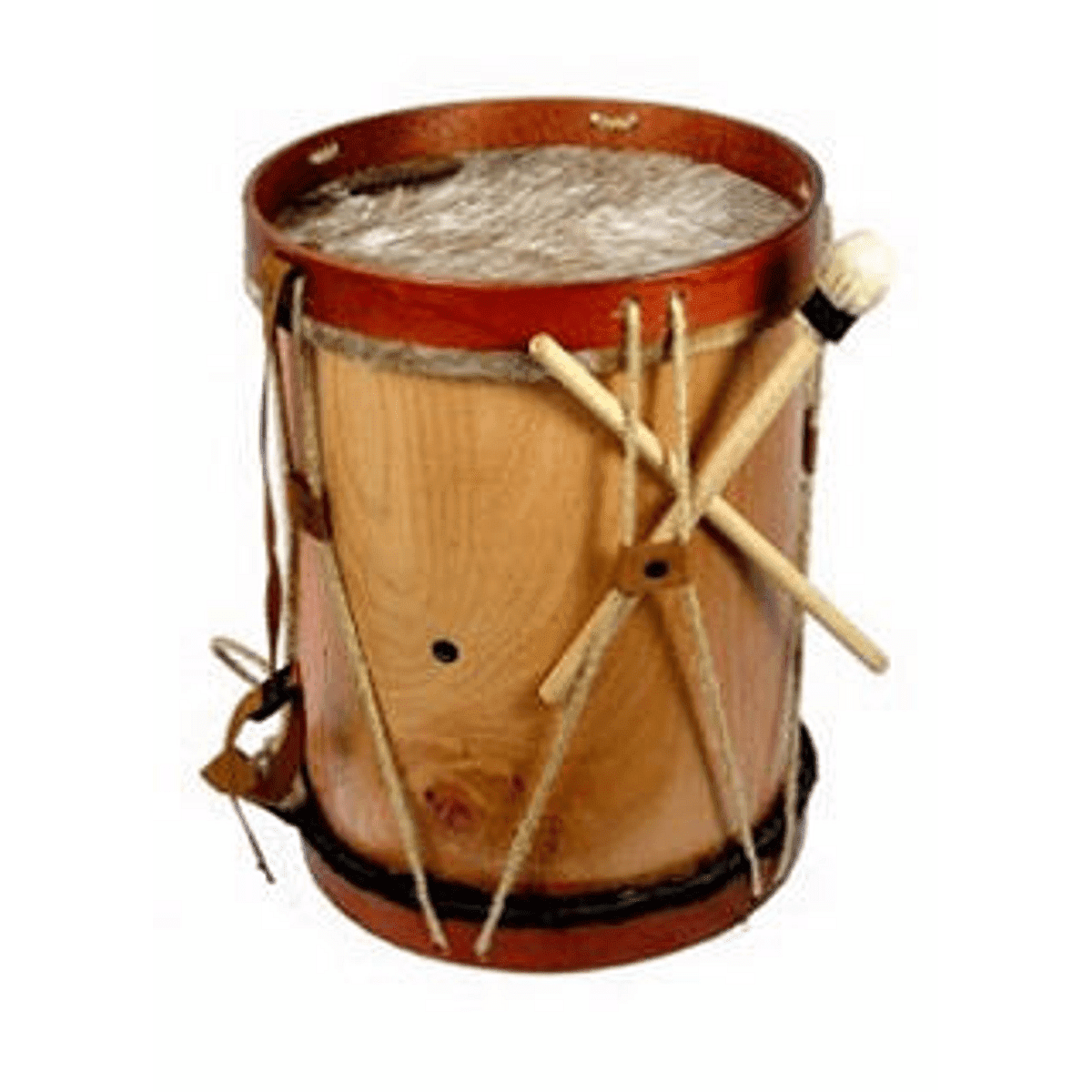
6
New cards
Milonga
\-appeared in the colonial period
\-end of 19th century there were different types of milongas:
\-urban milonga associated with tango accompanies a couples dance
\-one purely instrumental played on the guitar
\-another sung either improvised by payadores, or composed poetry sung by one singer
\-instrumental milongas are played exclusively by men with technical abilities above a basic harmonic structure
\-instrumental milongas have become part of the classical guitar repertoire and can be quite complex
\-the current milonga song form is generally sung in decima style
\-common themes: political, historical, provocative, patriotic and social commentary
\-end of 19th century there were different types of milongas:
\-urban milonga associated with tango accompanies a couples dance
\-one purely instrumental played on the guitar
\-another sung either improvised by payadores, or composed poetry sung by one singer
\-instrumental milongas are played exclusively by men with technical abilities above a basic harmonic structure
\-instrumental milongas have become part of the classical guitar repertoire and can be quite complex
\-the current milonga song form is generally sung in decima style
\-common themes: political, historical, provocative, patriotic and social commentary
7
New cards
Payadores
\-dueling singers
\-improvised decimas
\-creole milonga accompaniment
\-improvised decimas
\-creole milonga accompaniment
8
New cards
Mercedes Sosa (1935-2009)
\-roots in Argentine folk music
\-one of the preeminent exponents of La nueva canción
\-she gave voice to songs written by many Latin American songwriters
\-her music made people hail her as the “voice of the voiceless ones”
\-one of the preeminent exponents of La nueva canción
\-she gave voice to songs written by many Latin American songwriters
\-her music made people hail her as the “voice of the voiceless ones”
9
New cards
Atahualpa Yupanqui (1908-1992)
\-singer, songwriter, guitarist, and writer
\-the most important Argentine folk musician of the 20th century
\-the most important Argentine folk musician of the 20th century
10
New cards
Eduardo Falu (1923-2013)
\-guitarist and composer
\-arguably the creator of Argentina’s modern folk song movements
\-set over 150 poems to music
\-arguably the creator of Argentina’s modern folk song movements
\-set over 150 poems to music
11
New cards
Alfredo Zitarrosa (1936-1989)
\-commanding voice, accompanied by a guitar quartet
\-poetic lyrics that depicted social injustices
\-exiled from Uruguay during the dictatorship between 1976 and 1984
\-poetic lyrics that depicted social injustices
\-exiled from Uruguay during the dictatorship between 1976 and 1984
12
New cards
Candombe
\-originated in Uruguay among the descendants of liberated African slaves
\-declared Intangible Cultural Heritage of Humanity by UNESCO
\-based on three different drums: chico, repique, and piano
\-usually played in February during carnival at dance parades called llamadas
\-features 3+2 clave pattern and subtle variations in rhythm
\-declared Intangible Cultural Heritage of Humanity by UNESCO
\-based on three different drums: chico, repique, and piano
\-usually played in February during carnival at dance parades called llamadas
\-features 3+2 clave pattern and subtle variations in rhythm
13
New cards
Candombe drums
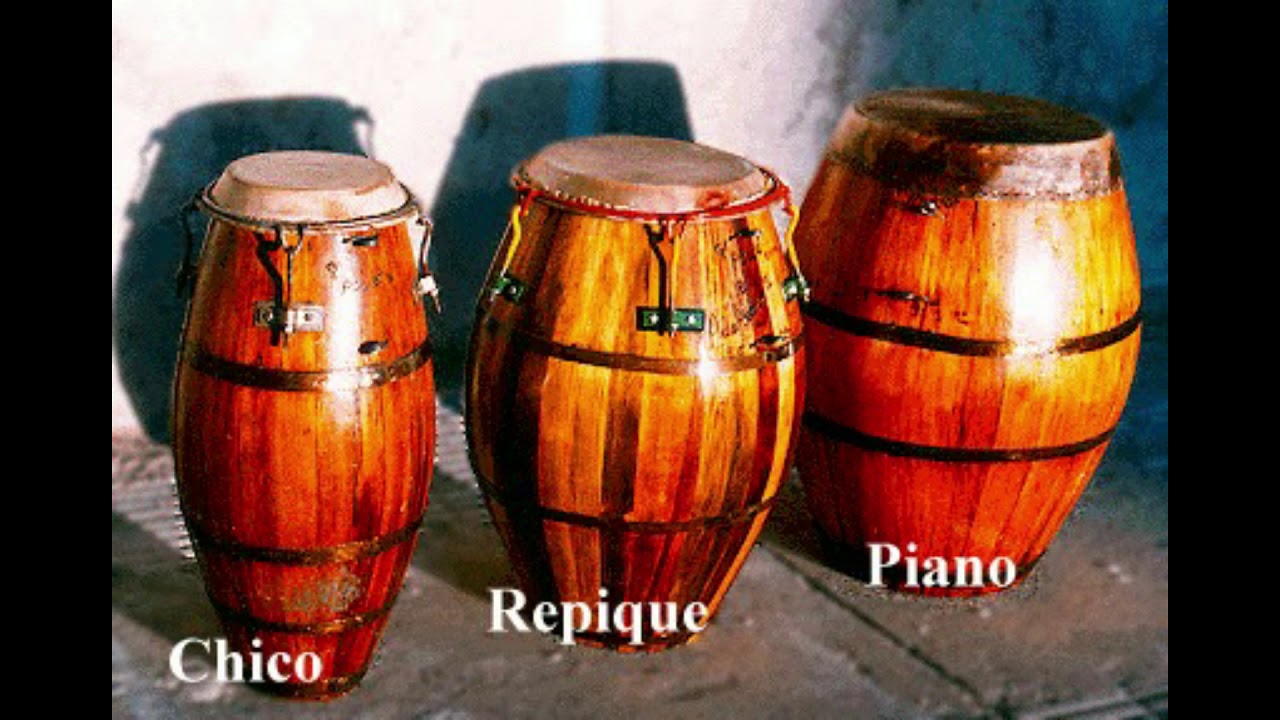
14
New cards
Tango
\-declared tango as Intangible Cultural Heritage in 2009 in response to a joint petition filed by Argentina and Uruguay
\-musical genre that includes dance, music, poetry, and singing and is one of the main manifestations of identity for the inhabitants of the Rio de la Plata region
\-created by the disenfranchised poor who lived in the outskirts of Buenos Aires, many theories about its origin which is often intentionally obscured
\-influences from African candombe, Europe, milonga, Cuban Habanera, and touring Zarzuela theatre companies
\-early tangos in 2, later tangos in 4
\-marked beats but no percussion
\-bandoneon, strings, piano, guitar ensemble (Gardel)
\-free lyrical singing
\-recurrent topics
\-phrases in 4- and 8- bar groups
\-contrasting happy/sad verse and chorus sections
\-different rhythmical accompaniments based on subgenre (habanera, sincopa)
\-musical genre that includes dance, music, poetry, and singing and is one of the main manifestations of identity for the inhabitants of the Rio de la Plata region
\-created by the disenfranchised poor who lived in the outskirts of Buenos Aires, many theories about its origin which is often intentionally obscured
\-influences from African candombe, Europe, milonga, Cuban Habanera, and touring Zarzuela theatre companies
\-early tangos in 2, later tangos in 4
\-marked beats but no percussion
\-bandoneon, strings, piano, guitar ensemble (Gardel)
\-free lyrical singing
\-recurrent topics
\-phrases in 4- and 8- bar groups
\-contrasting happy/sad verse and chorus sections
\-different rhythmical accompaniments based on subgenre (habanera, sincopa)
15
New cards
Bandoneon

16
New cards
Carlos Gardel (1890-1935)
\-famous tango singer, greatest exponent of the tango singer figure
\-famous tangos: Caminito, Volver, A Media Luz, etc.
\-famous tangos: Caminito, Volver, A Media Luz, etc.
17
New cards
Astor Piazzolla (1921-1992)
\-promoter of the modern orientation of Tango, Nuevo Tango
\-generated music with instrumental roots
\-provoked both admiration and controversy
\-studied with Alberto Ginastera and Nadia Boulanger (Paris)
\-elements from jazz and classical music
\-use of contrasting sections
\-famous compositions: Adios Nonino, Tango Ballet, etc.
\-influenced tango today as well as jazz and classical composers after the 80s
\-generated music with instrumental roots
\-provoked both admiration and controversy
\-studied with Alberto Ginastera and Nadia Boulanger (Paris)
\-elements from jazz and classical music
\-use of contrasting sections
\-famous compositions: Adios Nonino, Tango Ballet, etc.
\-influenced tango today as well as jazz and classical composers after the 80s
18
New cards
Rock Nacional
\-a response to multiple shifts in government and military takeovers targeting youth in the 70s
\-reflects rootless youth, parallels to Christ, long instrumental sections (Seru Giran)
\-simple folk style guitar, symphonic/progressive rock, hymns across different generations, many songs with political implications (Sui Generis)
\-reflects rootless youth, parallels to Christ, long instrumental sections (Seru Giran)
\-simple folk style guitar, symphonic/progressive rock, hymns across different generations, many songs with political implications (Sui Generis)
19
New cards
Alberto Ginastera (1916-1983)
\-born in Buenos Aired of Spanish and Italian parents
\-wrote Danzas Argentinas and the ballet Panambí, in 1937
\-founded the League of Composers in 1945
\-established important schools and institutions dedicated to the study of music
\-wrote in just about every genre
\-early style reflects Argentine nationalism with pampas and rural folk music rhythms
\-manipulations of orchestral color evoke the life of a gaucho though folk tunes display lyrical simplicity
\-wrote Danzas Argentinas and the ballet Panambí, in 1937
\-founded the League of Composers in 1945
\-established important schools and institutions dedicated to the study of music
\-wrote in just about every genre
\-early style reflects Argentine nationalism with pampas and rural folk music rhythms
\-manipulations of orchestral color evoke the life of a gaucho though folk tunes display lyrical simplicity
20
New cards
Arpa Paraguaya
\-either a solo or the featured instrument of a conjunto
\-produces a bright powerful sound
\-36-40 strings, tuned diatonically
\-arpa players learn by ear and experimentation
\-e.g. Pajaro Campana and La Llegada
\-performances can feature glissando and tremolo
\-folk music forms are Guaránia, the Galopera and the Polka
\-can be performed with Galopera and Polka dances
\-produces a bright powerful sound
\-36-40 strings, tuned diatonically
\-arpa players learn by ear and experimentation
\-e.g. Pajaro Campana and La Llegada
\-performances can feature glissando and tremolo
\-folk music forms are Guaránia, the Galopera and the Polka
\-can be performed with Galopera and Polka dances
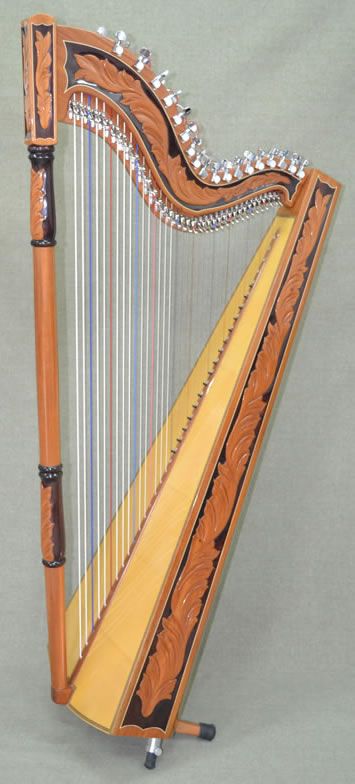
21
New cards
Agustín Barrios (1885-1944)
\-paraguayan classical composer and guitarist
\-also known as Agustín Barrios Mangoré or Nitsuga (Agustin backwards)
\-one of the greatest performers and most prolific composers for guitar
\-one of the first guitarists to record
\-in many of his compositions he used folk songs and rhythms from South America
\-other pieces are based on European Baroque, classical and romantic styles
\-also known as Agustín Barrios Mangoré or Nitsuga (Agustin backwards)
\-one of the greatest performers and most prolific composers for guitar
\-one of the first guitarists to record
\-in many of his compositions he used folk songs and rhythms from South America
\-other pieces are based on European Baroque, classical and romantic styles